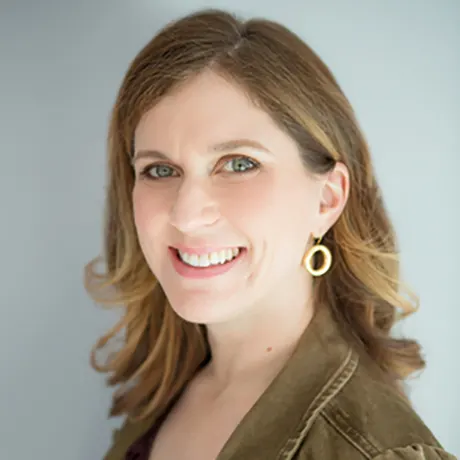When do kids learn to focus?

At a glance
As kids get older, they can pay attention for longer periods of time.
The amount of time kids can focus depends on a lot of things besides age.
Some kids have a harder time focusing on tasks they’re not interested in.
How long should a child be able to focus? The answer ranges from child to child. And the amount of time doesn’t just depend on a child’s age.
As newborns, babies start to focus on things like a caregiver’s face or voice. But they’ll turn their attention to any new sound or object.
As they get older, they learn to tune out distractions. They get better at choosing what to pay attention to. They also learn to control when they shift their attention. This is what lets us “multitask” by doing things like listening to instructions while we’re working or playing.
Selecting, shifting, and sustaining attention are different skills that kids build over time. Here’s what these focus skills often look like at different ages:
Up to 1 year: Babies are very distractible and focus on whatever is the newest or most exciting thing in the room.
Between 1 and 2 years: Most kids are very rigid in how they pay attention. They can focus on things they enjoy, but they block out everything happening around them.
Between 2 and 3 years: Most kids can play on their own for short periods of time. If you ask them to do something, they can — but only if they stop what they’re doing and concentrate on what you’re saying.
Between 3 and 4 years: Most kids can shift their attention away from what they’re doing and need less prompting to look at you while you’re giving instructions.
Between 4 and 5 years: Most kids can pay attention to you — even if they’re not looking at you — while they’re doing another activity like playing or working.
Ages 6 and up: Most kids can shift their attention enough to follow instructions and routines and can pay attention to things they may be less interested in, like schoolwork.


